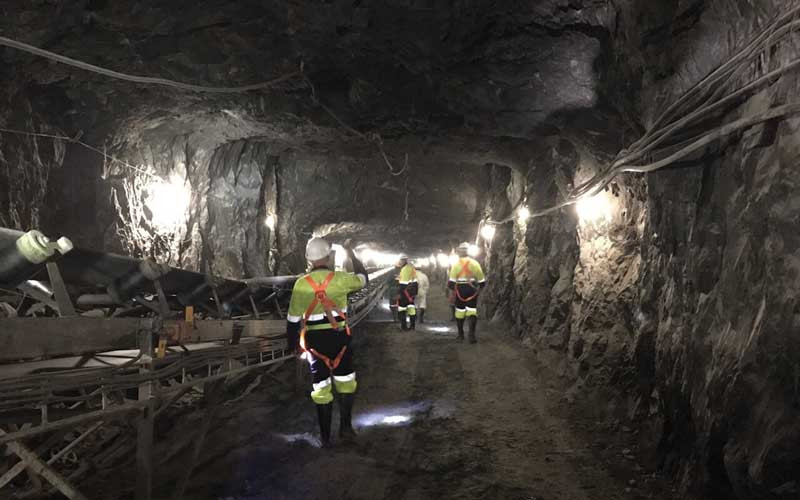
MINING companies in Zimbabwe have spent over US$1,5 billion on capital projects and exploration activities in the past three years, a survey report by the Chamber of Mines of Zimbabwe (CoMZ) shows.
The report also revealed that in the next 12 months, mining firms require around US$2 billion to ramp up and sustain their operations.
“Survey findings show that on average, all mining companies are injecting capital to ramp up and sustain their operations,” the report read in part.
“Almost all survey respondents indicated that they were spending on capital projects which are at various stages of implementation.”
The CoMZ report showed that about 90% of mining houses are undertaking exploration activities around their mines.
The aggregate exploration budget for 2024 is approximately US$50 million.
According to the report, Zimplats has spent around US$570 million in the past two years on capital projects related to stay-in-business, replacement mines and expansion projects.
Of the total, US$300 million has been spent in the current year.
- Mines propose fresh power import deal
- Motorist robbed while relieving self
- Mines propose fresh power import deal
- Platinum miners reject BNC refinery
Keep Reading
Zimplats is also planning to inject US$190 million to refurbish its mothballed Base Metal Refinery.
The projects are expected to be finalised by between 2024 and 2028.
Mimosa Mining Company is spending more than US$200 million on its North Hill project and developing tailings storage facility for life-of-mine extension.
Blanket Mine, owned by Caledonia Mining Corporation, is spending US$12,7 million on its tailings storage facilities.
The project will be completed by 2025.
“In the past 24 months, Freda Rebecca has spent around US$29 million on exploration, mine development and tailings storage projects to sustain their operations,” the report said.
Dallaglio is spending around US$25 million on its Pixton Peerless transition to underground mining targeting a completion timeline of mid-2024.
Once fully commissioned, the project is expected to add another 7% to its production.
Shamva Gold Mine has a budget of more than US$7 million for exploration activities around the mine to ensure the availability of mineable resources to achieve 200 000 tonnes of ore per month.
On the other hand, Pan African Mining is injecting around US$13 million into exploration and shaft deepening to sustain its operations.
Bulawayo Mining Company is injecting more than US$7 million into exploration, shaft sinking and deepening as well as tonnage ramp up to sustain its operations.
In the next 12 months, the report indicated that Golden Reef Mining Company is planning to spend more than US$700 000 on its heap leaching and CIP/CIL to increase production capacity by more than 10%.
Falcon Gold is planning to spend more than US$400 000 on exploration and development.
Bikita Minerals has invested over US$300 million for exploration work and expansion of its operations over the past two years.
“The mine has constructed and commissioned a dual lithium processing plant (including spodumene project), flotation separation plant and a new smelter plant. Expected production is up to 300 000 tonnes of spodumene concentrate and 480 000 tonnes of petalite.”
Arcadia Lithium Mine has spent more than US$300 million in capital expenditure over the past three years.
It commissioned its plant and commenced production in the first quarter of 2023.
At full capacity, the company will be producing 400 000 tonnes of lithium concentrate per annum.
Sabi Star Lithium project commissioned its concentrator in August 2023.
The concentrator has an ore processing capacity of one million tonnes per annum with lithium concentrate output of 300 000 tonnes per annum.
Zulu Lithium and Tantalite started production in the first quarter of 2023 and has since commissioned a 50 000 tonne per year pilot plant valued at US$35 million.
Over the past two years, Zimasco has spent around US$6,8 million on upgrading and rebuilding the furnaces as well as developing mines to sustain production.
When the projects have been fully commissioned, Zimasco production capacity is expected to increase by 120% by year 2025.
Over the past two years, Jinyi has spent US$7,1 million on power plant, transport, furnaces, and sintering plant to increase production capacity by more than 20% by the end of 2024.







